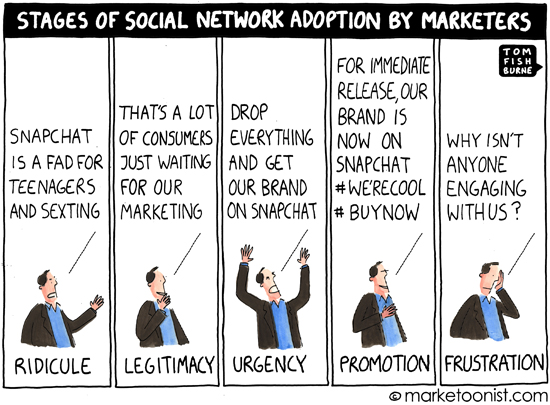It’s not how many social networks, its how good is YOUR social network

I started on Linkedin in 2003 – believe it or not. After 5 years I had 49 connections which is about average. In the beginning, no one I knew had heard of it, so it didn’t really pay to search for friends there… I kept my contacts in my computer, printing them out in a tiny font and carrying my book with me. In 2012, I got serious about Social Media. I curated on twitter, did videos on youtube, and took a linkedin course (3 actually).
One of the videos generated a client who did $150K with me the next year, so I suppose it was all worth it.
One of the things I learned in those classes is that I could download the names and emails of my 1st level connections – did you know that? Even though I got many encouraging replies and boosted the views of my videos and articles, there were always a few unsubscribes. I was growing new connections at a such a slow pace, my useable list seemed to be shrinking.
I spent countless hours trying all the tricks of generating a bigger list. Promotional offers – get this article free, just give me your email. More webinars, live-streams, articles and even live speeches. Weeks converting my websites to wordpress and building ‘attractive’ popups (don’t you hate those). For all that, not sure I got more than a couple hundred new connections. Are you feeling that same frustration??
Fall of ’17, I decided, with 1,500 connections after 15 years on linkedin, to give it another – intentional shot. With far less effort than above, I’m now past 5,000. It worked so well, I decided to build a short course and share how I did it. I’ve worked with friends who weren’t even on linkedin, one is a local attorney another a VP at a publicly traded software services company. I’m convinced it will work for just about anyone. Click here to sign up for the course:Grow-Your-Linkedin-Course


 sy for those who control the budget to say that if response rates are down, they don’t want to invest in testing—”You can’t spend money if you’re not making money.” To certain executives, this actually makes sense. But others, the wise ones, know that the time to spend more marketing dollars is when sales are down.
sy for those who control the budget to say that if response rates are down, they don’t want to invest in testing—”You can’t spend money if you’re not making money.” To certain executives, this actually makes sense. But others, the wise ones, know that the time to spend more marketing dollars is when sales are down.